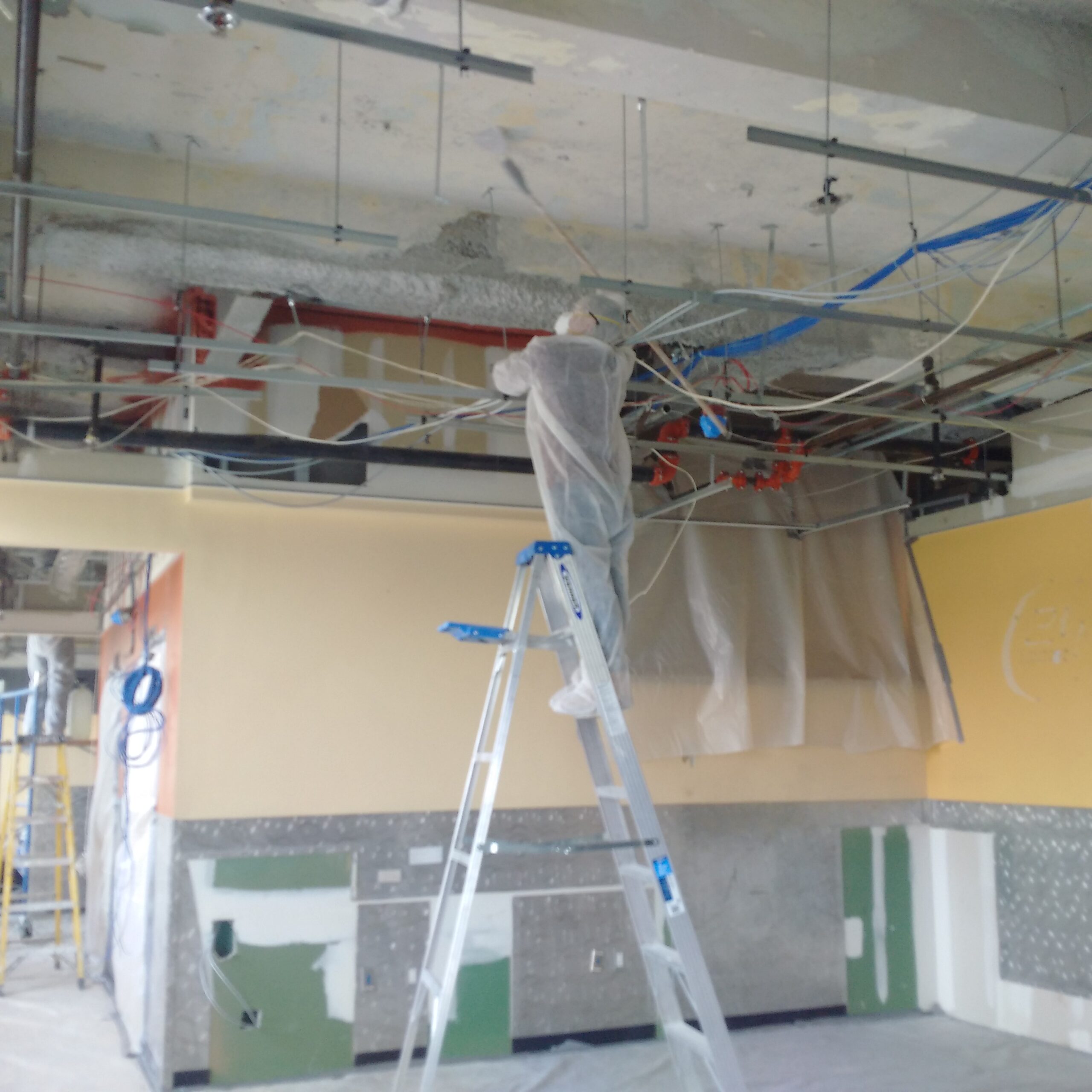Best Practices for Making Sure Safe and Thorough Lead Infraction Abatement
Addressing lead infraction reduction needs a multi-faceted approach to guarantee both safety and security and compliance. Preliminary analyses utilizing innovative discovery methods such as XRF analyzers established the phase for an accurate understanding of contamination degrees. Including proper containment strategies, consisting of impermeable barriers and HEPA purification, paired with the use of personal safety tools (PPE) for employees, develops the backbone of a safe and secure operation. Precise cleaning methods, featuring HEPA vacuuming and wet-wiping, are important. Yet, it's the last clearance procedure, involving extensive assessments and research laboratory screening, that truly confirms a lead-free atmosphere, making sure long-lasting safety and security. Exactly how do these techniques adjoin to ensure detailed lead abatement?

First Evaluation
Conducting a first evaluation is a vital very first step in lead infraction reduction. This phase encompasses a thorough examination of the home to identify the existence, extent, and details places of lead-based threats. Qualified specialists, such as licensed lead inspectors or run the risk of assessors, should do an extensive website evaluation, making use of tools like X-ray fluorescence (XRF) analyzers to precisely spot and gauge lead concentrations in paint, dust, dirt, and water.
The assessment needs to also consist of a testimonial of the building's background, previous records, and any type of issues or health problems reported by owners - Lead Removal Contractors. Documenting the searchings for diligently is vital, as these documents form the basis for establishing a reliable reduction strategy. A complete assessment also includes tasting and laboratory analysis, which are vital to verify the presence of lead and guide subsequent activities
In addition, it is vital to connect the outcomes transparently to all stakeholders, consisting of residential or commercial property proprietors, occupants, and governing authorities. By ensuring that the initial assessment is carried out with precision and rigor, experts can lay a strong foundation for a targeted and reliable lead abatement procedure, ultimately safeguarding public health and making sure conformity with governing criteria.
Appropriate Containment
Correct containment is essential to prevent the spread of lead impurities during abatement tasks. Efficiently managing control reduces the risk of lead dirt and debris moving to non-work areas, therefore securing both the environment and people outside the instant job zone.

Normal evaluations of the control area are essential to look for violations or weaknesses in the obstacle. Any type of recognized problems need to be quickly resolved to preserve the honesty of the containment. By sticking to these practices, abatement tasks can efficiently regulate lead contamination and mitigate connected health dangers.
Employee Protection
Making sure employee protection is vital throughout lead abatement jobs to stop work direct exposure to hazardous lead bits. Crucial measures include making use of individual protective equipment (PPE) such as respirators, handwear covers, and full-body matches specifically developed to block lead dirt and fumes. Employees should undergo detailed training on the proper use and maintenance of PPE, including in shape screening for respirators to make certain optimum efficacy.
Engineering controls, such as local exhaust ventilation systems, are vital in decreasing air-borne lead focus in the work environment. Administrative controls ought to likewise be carried out, consisting of restricting the period of exposure and rotating workers to reduce individual exposure times. Regular medical surveillance and biological monitoring are essential for early detection of lead absorption, enabling timely intervention and therapy.
In addition, developing a purification method is crucial. Workers should adhere to strict decontamination procedures before breaks and at the end of their change to prevent lead dirt from being lugged outside the workplace. This includes comprehensive hand and face washing with lead-specific cleaning representatives and transforming out of polluted clothes.
Precise Cleaning
Keeping a risk-free workplace expands past worker defense and incorporates careful cleanup to ensure lead fragments are completely gotten rid of from the site. The procedure of careful cleanup find out this here is critical in preventing the recontamination of the moderated area and safeguarding both existing and future residents.
To achieve a thorough clean-up, all workspace must be methodically decontaminated. This entails making use of specialized HEPA (High-Efficiency Particulate Air) vacuum and wet-wiping strategies to catch and get rid of fine lead dirt that may have resolved on surfaces. It is imperative to cleanse all horizontal surface areas, consisting of floors, home window sills, and countertops, in addition to upright surfaces that may have entraped lead particles.
Employees must use appropriate personal safety equipment (PPE) during cleaning to avoid exposure to recurring lead dirt. Used cleaning products such as wipes, sponges, and wipe heads ought to be thrown away according to contaminated materials disposal regulations.

Last Clearance
Final clearance is the vital ending stage of lead reduction that figures out whether the website is secure for reoccupation. This essential action entails thorough examination and screening to validate that all lead threats have actually been properly removed.

Final clearance testing not just secures future occupants yet additionally makes certain compliance with regional, state, and federal policies. Moreover, it works as a recorded validation of the reduction specialist's adherence to industry finest Go Here methods. Ensuring a thorough and effective final clearance is necessary in protecting public health and promoting count on the reduction procedure.
Conclusion
Making sure safe and detailed lead infraction reduction necessitates a complex method incorporating initial analyses with advanced discovery approaches, efficient control techniques, rigorous worker security methods, and precise cleaning procedures. The final clearance stage, including comprehensive assessments and laboratory testing, is vital to confirm compliance with EPA requirements. Adherence to these ideal methods ensures a secure environment for residents, minimizes health risks, and maintains governing requirements, thus promoting public health and wellness and safety and security in lead-affected locations.